Huong Loan with her animal specimen work - Photo: TAM LE
"When our beloved animal dies, or a species we have never seen before, and now we get to see them in a different version like they are sleeping, or their skeletons glow beautifully, that is the miracle of life!" - Nguyen Huong Loan, a final year student at Hanoi University of Industrial Fine Arts, said that the meaning of what she is pursuing is to inspire more love for nature and to protect and preserve nature.
There are many people who collect specimens but not many who do technical work, even less in Vietnam. This profession requires perseverance, love for animals and not afraid of a little dissection.
NGUYEN HUONG LOAN
Love for animals
The petite, talented and passionate girl led us to her working corner in a small studio in An Duong ward (Tay Ho district, Hanoi). The light illuminated the products made from dried butterflies, still retaining their delicate, iridescent colors.
A tray containing a butterfly being stretched with thread to shape its shape, a box containing the body and wings of the butterfly has been filled with clear, sturdy plastic. On the shelves and frames are butterfly products such as hairpins and pictures. "All are butterfly specimens" - Huong Loan introduced.
Not yet, she turned the light to another angle, hundreds of bottles on the shelves seemed to glow, those were countless animal specimens that Loan had made in the past 4 years. The big bottles were kittens, hedgehogs, starfish that Loan had soaked in chemicals to look like they were sleeping. Or the skeletons of seahorses, geckos, mice, frogs... in purple, yellow, blue colors, the closer you bring them to the headlight, the clearer and more unique the colors become.
It is the color that makes the skeleton friendly, not as scary as it often looks on the outside. "This is the soaked specimen and the stained bone specimen" - Loan said the chemicals will make the animal's skeleton have the color of a work of art.
Attracting young people who love nature
Stained white mouse bone slides with beautiful shimmering colors by Huong Loan
Animal specimens are a field of anatomy, including many different specimens such as pickled specimens, stained bone specimens, plastinated specimens, shaped stuffed specimens and bone specimens. Previously, specimens served the purpose of research and museum display, but they gradually entered life with unique and familiar artistic versions.
The use of animal specimens in art is popular among young people. Some film crews and young actors and singers want to use specimens to create scenes or costumes to add something different, especially close to the amazing nature.
Loan introduces: "Butterfly specimens are used to create 3D paintings, interior decoration, or to create hairstyles , hats, shirts, handbags... Stuffed specimens, bones, and dyed bones can be used to decorate according to personal interests and hobbies."
Because the process is complicated and time-consuming, using real animals that have died in the wild, sometimes only one of a kind, the specimens are quite expensive. The pair of chicken specimens Loan once made cost 10 million VND.
Loan suddenly said that there are 17,000 people in the Vietnamese community group passionate about specimen art. Another group abroad that Loan is a member of has more than 1 million people.
Since childhood, she has loved the animals around her. When she encountered a dead gecko, butterfly, or dragonfly, Loan dug a hole to bury them carefully. Entering her first year of university, thanks to searching for documents on the world's fine arts, Loan accidentally read about the method of preserving animal corpses and creating specimen art.
In Vietnam, there are no training courses, so Loan mostly has to research materials and learn from foreigners. Every month, she saves 500,000 VND on food to buy raw materials and chemicals for testing.
The difficulty of the profession, according to Loan, is that the process of making specimens often requires the use of dozens of different chemicals. From the stage of processing the body to soaking and staining the bone specimens. Each species requires the use of different chemicals, different dosages, and different time to produce results.
"For each type of specimen, you have to observe when doing it. If the color is not good enough, or the soaking water is not clear, continue soaking and observing" - Loan said each stage takes from 20 days to several months, even a year to produce results.
Nowadays, the world has found less toxic chemicals that are more friendly to health and the environment, so she feels secure during the process of making specimens.
Ethical and moral values
The seahorse has a unique color after Loan made a bone staining specimen.
Animal specimens are a combination of science and art. It is the technique of displaying colors combined with the ability to arrange them aesthetically, creating an attractive appeal. It is a way to revive animals with another life, with new colors.
According to Loan, in scientific research, specimens help scientists know the internal characteristics of animals.
Thanks to that, it is possible to identify the direct impact of environmental pollutants and chemicals that can affect the normal growth and development of the fetus.
Or some researchers have used cleaned and dyed frogs to highlight deformities such as extra legs and flat eyes.
One can observe the species to know the characteristics, like rays and sharks have blue cartilage. Mammals like reptiles have red streaks on their bones, and some species will even have purple on their muscle bundles… "Many animals in the specimens have very vivid colors, you can choose this color or that, the creativity is endless" - Loan said excitedly.
Loan's source of objects is usually from reputable breeding farms, research centers or commercial breeding places. Sometimes the animal has died in the wild and is not on the list of protected species. For the specimen to be of good quality, the animal after death needs to be processed as soon as possible or frozen as quickly as possible. The chemicals used must also be strictly guaranteed not to cause danger to oneself, others and the environment.
Looking at this small, quiet, passionate and careful girl with her job really made us admire her. Loan hopes to work in a museum in the future, or she hopes to build a personal museum of animal specimens so that everyone can explore the beauty of nature and love nature more.
Nguyen Huong Loan said that those who make specimens must comply with ethical and legal principles. First, regarding the origin of the specimen, it must be ensured that the animal is dead and that its death was not due to mistreatment. Second, the animal is not on the red list, unless the agency or organization that needs to preserve it has written permission to make the specimen.
Source: https://tuoitre.vn/co-gai-gin-giu-thien-nhien-dieu-ky-20250618084205386.htm



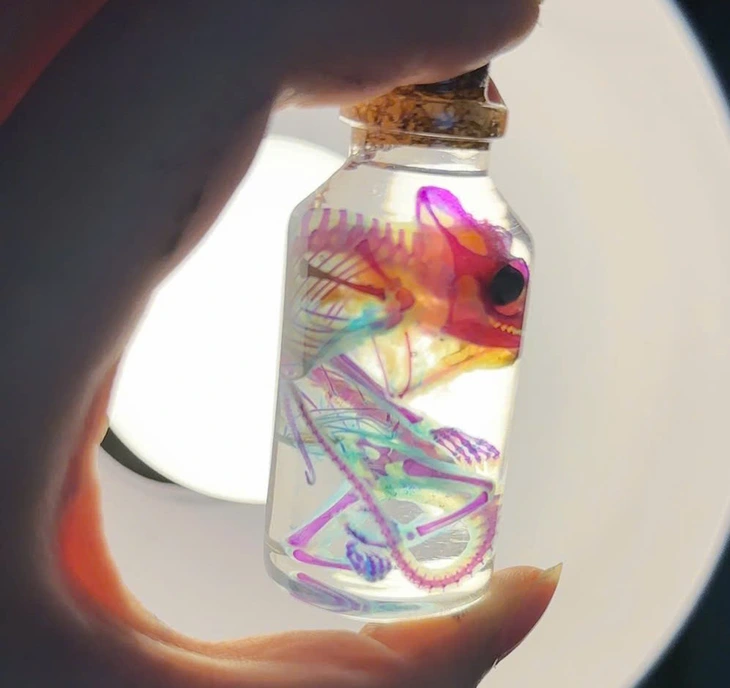
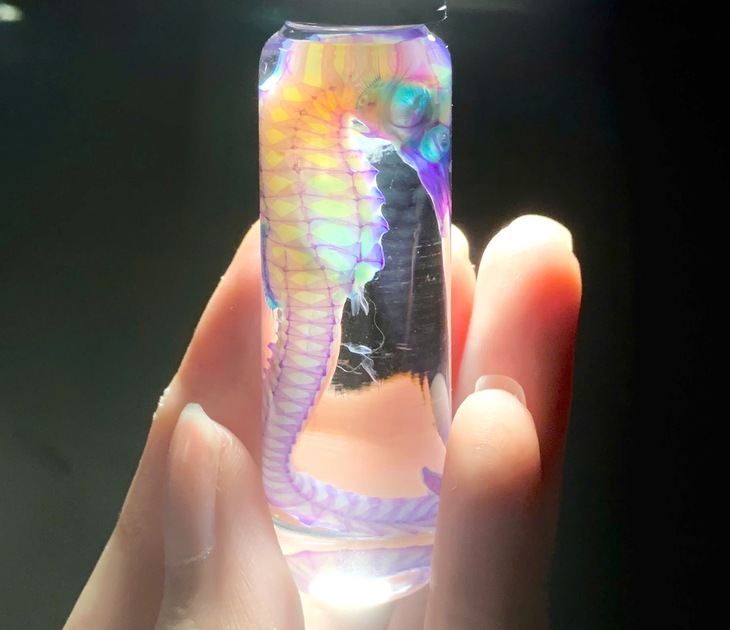








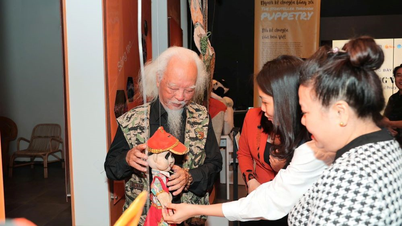

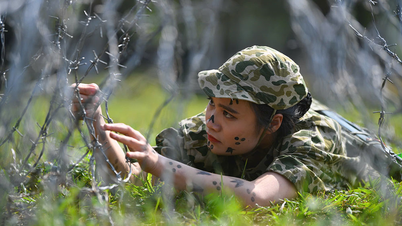


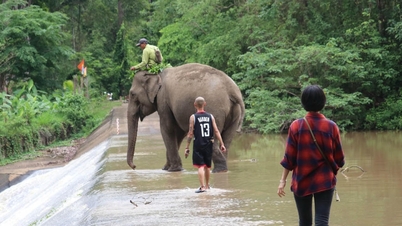


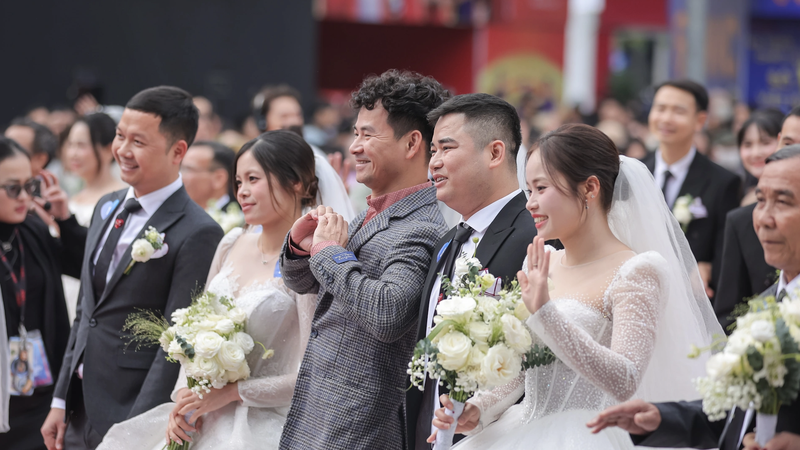




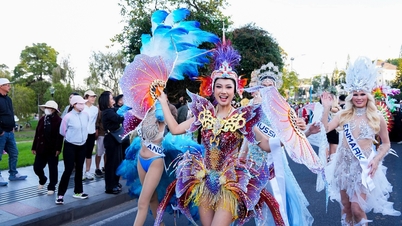




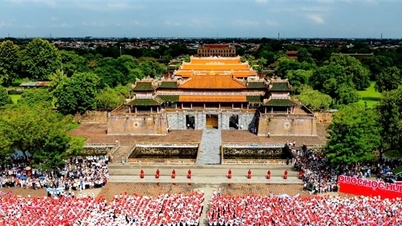

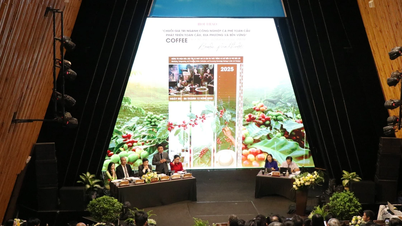

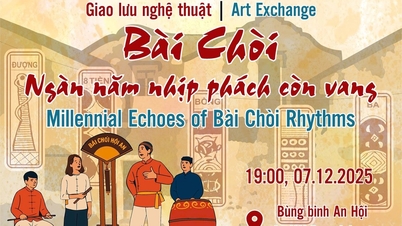

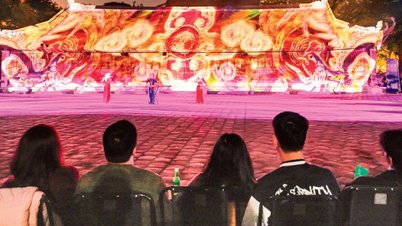
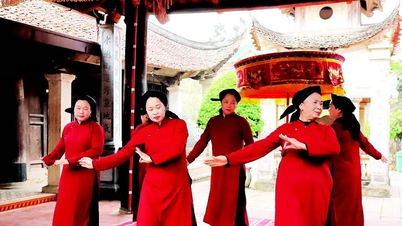
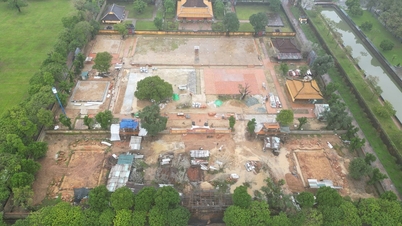
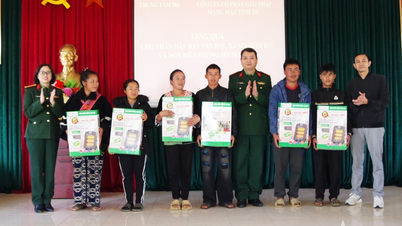



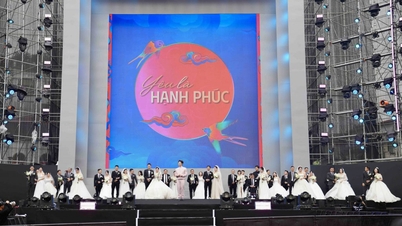




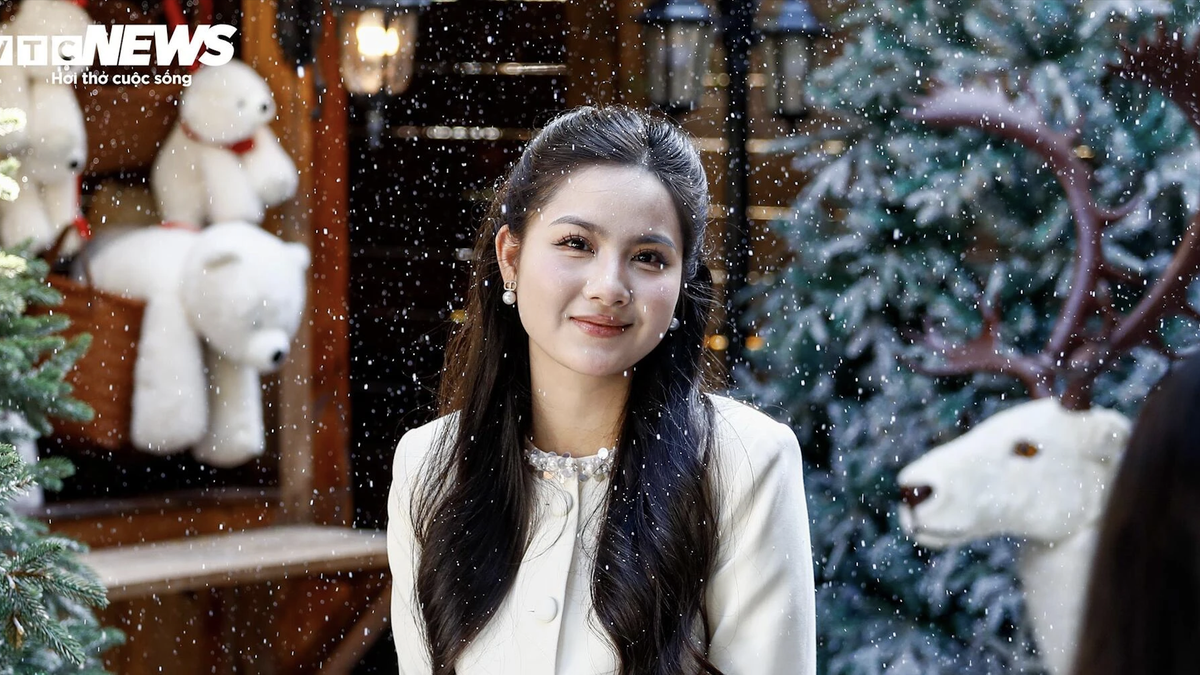




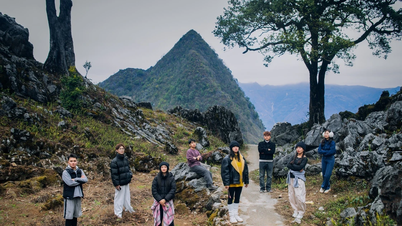
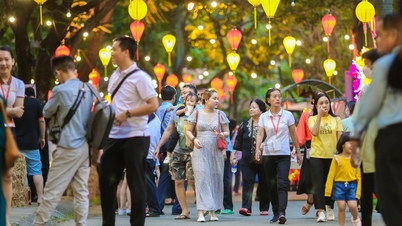


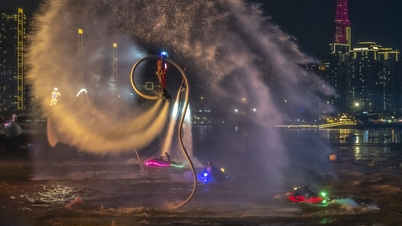
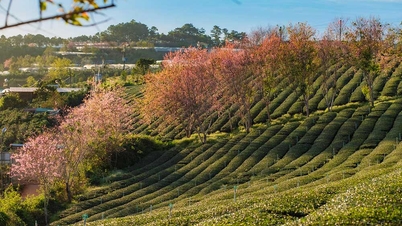

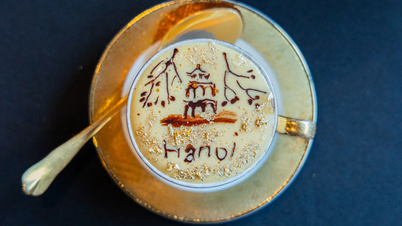



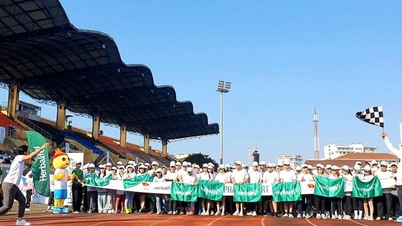

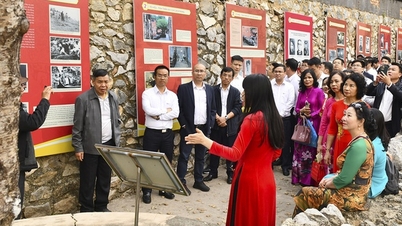





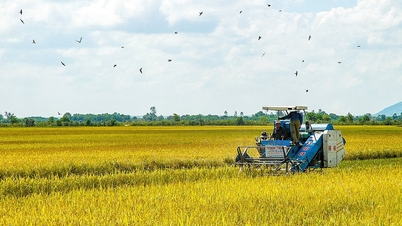
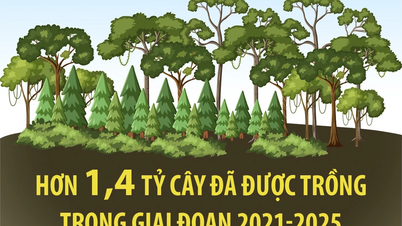

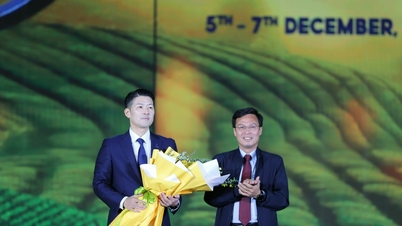




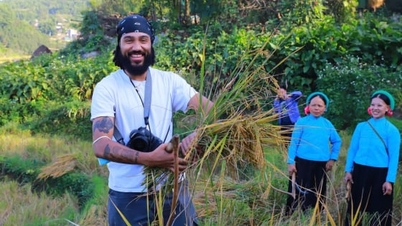










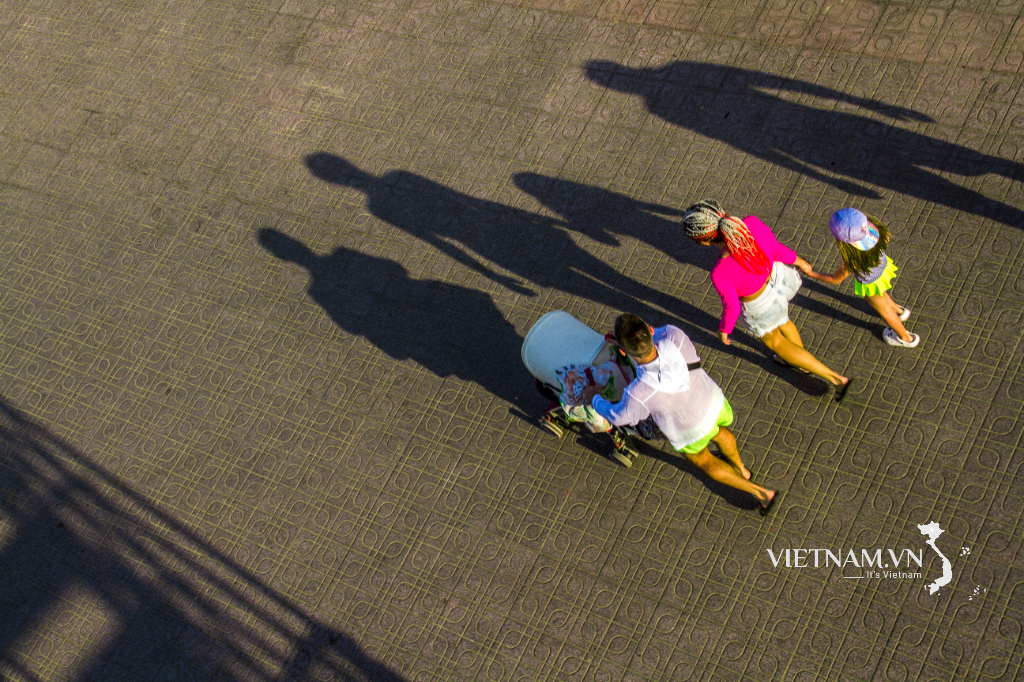




Comment (0)